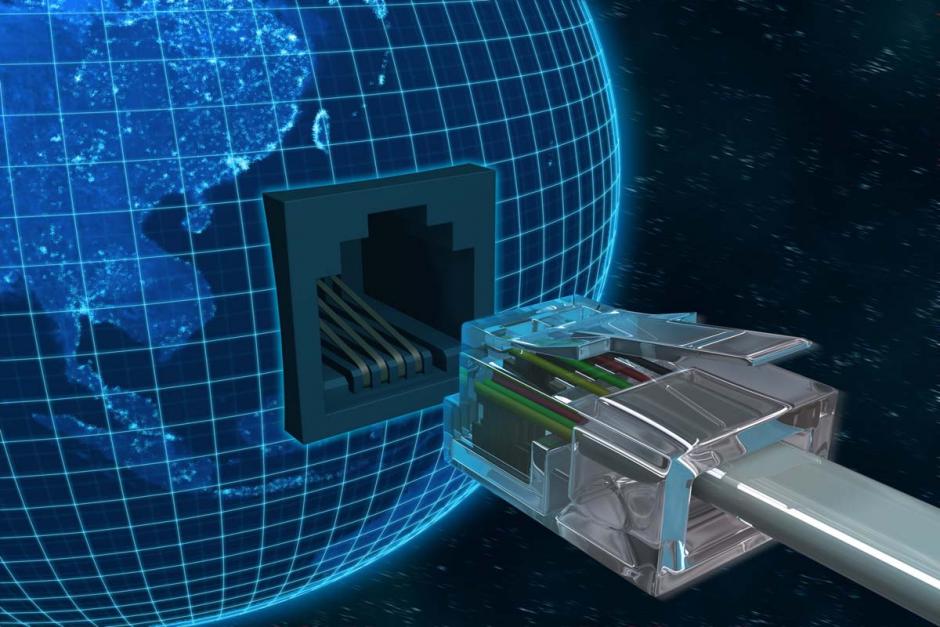 NEWS
NEWS
 NEWS
NEWS
 NEWS
NEWS
![]() Next year will see demonstrable evidence of the Internet of Things (IoT), which is set to become far more tangible in 2014. While most of us have moved beyond speculating about the value of an Internet-connected fridge, we’re yet to see the truly disruptive impact that IoT technologies will have on the enterprise, but that’s all set to change in the very near future.
Next year will see demonstrable evidence of the Internet of Things (IoT), which is set to become far more tangible in 2014. While most of us have moved beyond speculating about the value of an Internet-connected fridge, we’re yet to see the truly disruptive impact that IoT technologies will have on the enterprise, but that’s all set to change in the very near future.
With the IoT, change is not only imminent – it’s armed and dangerous, and it’s happening faster than you realize – at least, that’s the opinion of Brian Gilmore of Splunk, who offered SiliconANGLE his own predictions for the Internet of Things in 2014:
1. Connected devices will begin to communicate more like connected humans
With the resurgence of messaging systems built specifically for connected devices and wide adoption of JSON data payloads, human readable machine data interchanges will revolutionize the ways that humans interact with devices and devices interact with each other. IoT data transport and storage mechanisms could also closely align with current email and instant messaging systems, something that will improve IoT security and accessibility. In addition, this would allow central repositories for unstructured, message-based machine data that will provide incredible insight into the performance of the connected devices and the humans that interact with them.
2. Javascript will become the standard platform for Internet of Things programming
As the internet of “Everything Else” standardizes on HTML and JavaScript, the Internet of Things will also adopt JavaScript at its core, especially server side JavaScript technologies like Node.js. With an open source, extensible, plug-in based architecture, this type of architecture allows outside software vendors to develop plug-ins which could extend access to traditional server-based technologies such as distributed data collection, storage and analytics technologies all the way to the network edge.
3. Enterprises will ramp up their IoT investments
Enterprises will start to invest significantly in connecting and securing the siloed devices that power their operational infrastructure.
This existing base of “Things” – industrial devices, PLC and facility control systems, critical facility infrastructure, really any mechanical system that operates or supports a critical business process can provide important information that allows a deeper understanding of the business as a whole. Enterprises that choose not to include data from these devices as part of their business analytics strategy could find themselves at great risk of falling behind the competition or suffering a severe setback because of lack of insight into operations, performance, safety and security.
Support our mission to keep content open and free by engaging with theCUBE community. Join theCUBE’s Alumni Trust Network, where technology leaders connect, share intelligence and create opportunities.
Founded by tech visionaries John Furrier and Dave Vellante, SiliconANGLE Media has built a dynamic ecosystem of industry-leading digital media brands that reach 15+ million elite tech professionals. Our new proprietary theCUBE AI Video Cloud is breaking ground in audience interaction, leveraging theCUBEai.com neural network to help technology companies make data-driven decisions and stay at the forefront of industry conversations.